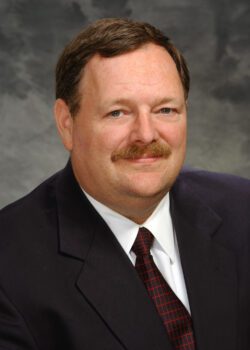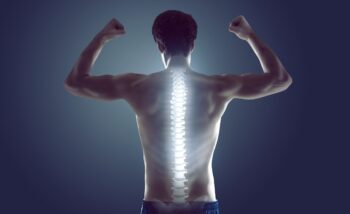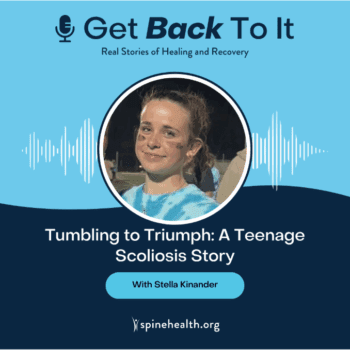Understanding and Preventing Vertebral Compression Fractures
In this enlightening episode of Spine Talks, Dr. Rita Roy, CEO of the National Spine Health Foundation, is joined by Dr. Paul Anderson from the University of Wisconsin and Dr. Lora Giangregorio of the Fragility Fracture Network and University of Waterloo to address one of the most common yet under-discussed spine conditions—vertebral compression fractures.
Together, they delve into the causes, treatment options, and prevention strategies for fragility fractures, offering both clinical insights and practical advice for patients and caregivers.
Key takeaways include:
- What vertebral compression fractures are—and why they matter
- The psychological and physical impact of spinal fractures on independence and mobility
- Non-surgical and surgical treatment options, including vertebroplasty and kyphoplasty
- The importance of exercise, fall prevention, and nutritional support in recovery
- How osteoporosis and muscle loss contribute to fracture risk—and how to address them
- Secondary fracture prevention strategies, including medication and lifestyle modification
Whether you’re a patient, caregiver, or healthcare professional, this episode highlights critical tools and strategies for managing spinal fractures and restoring quality of life. Don’t miss this essential conversation on safeguarding spine health.
NSHF’s female Osteoporosis campaign was made possible in part by an educational grant provided by Amgen.








